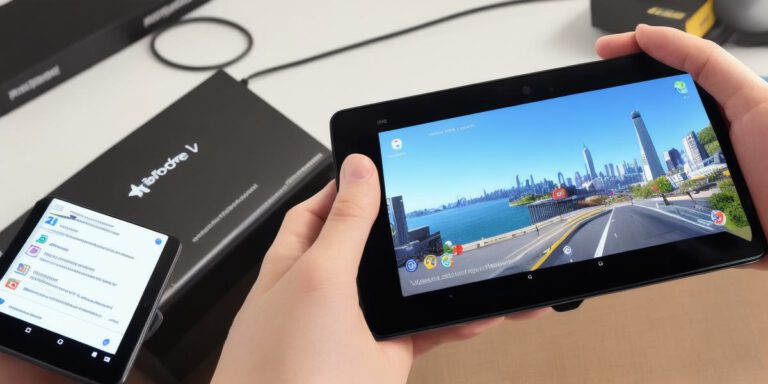Troubleshooting ARCore for Developers: Reasons, Alternatives, and Solutions

Introduction:
Augmented reality (AR) technology is rapidly changing the way we interact with our environment. One of the popular AR platforms for mobile devices is ARCore by Google. However, as with any technology, issues can arise when using ARCore for development. In this article, we will explore some of the common reasons why developers face issues while working with ARCore and discuss troubleshooting solutions to help them resolve these problems.
Reasons for Troubleshooting:
1. Hardware Compatibility Issues:
One of the most common reasons for troubleshooting ARCore is due to hardware compatibility issues. ARCore requires a specific set of hardware specifications to run smoothly, including a minimum processor speed and GPU capabilities. If a device does not meet these requirements, it may cause performance issues or crashes when running AR applications.
2. Software Compatibility Issues:
Another reason for troubleshooting is due to software compatibility issues. ARCore works with Android operating systems, but the version of the OS can affect the performance and functionality of the platform. Additionally, some third-party libraries or tools may not be compatible with ARCore, causing issues in development.
3. Connectivity Issues:
ARCore requires a stable internet connection to download content and updates. If the device is not connected to the internet or the connection is slow, it can cause delays and errors when running AR applications.
4. Battery Life Issues:
ARCore applications require a lot of processing power, which can drain the battery quickly. This can be particularly problematic for mobile devices with limited battery life, causing issues in the user experience.
Troubleshooting Solutions:
1. Hardware Compatibility Solutions:
To resolve hardware compatibility issues, developers should ensure that their device meets the minimum requirements for ARCore and check for any updates to the device’s firmware or drivers. Additionally, they can use emulators to test their applications on devices with different hardware specifications.
2. Software Compatibility Solutions:
To resolve software compatibility issues, developers should ensure that they are using the latest version of ARCore SDK and check for any known issues with third-party libraries or tools. Additionally, they can use virtual machines to test their applications on different operating systems and versions.
3. Connectivity Solutions:

To resolve connectivity issues, developers should ensure that their device is connected to a stable internet connection and check the device’s network settings for any errors or conflicts. Additionally, they can use VPNs or proxies to improve the performance of ARCore applications in regions with slow internet connections.
4. Battery Life Solutions:
To resolve battery life issues, developers should optimize their AR applications for low-power consumption by reducing the number of rendering objects and minimizing unnecessary data transfers. Additionally, they can use power management techniques such as reducing screen brightness and disabling unnecessary sensors to conserve battery life.
Alternatives to ARCore:
While ARCore is a popular platform for mobile devices, there are alternatives available for developers who face issues with the technology. Some of the popular alternatives include:
- Vuforia: A cross-platform augmented reality engine that supports multiple devices and operating systems.
- Wikitude: An open-source augmented reality platform that offers advanced features such as object recognition and image tracking.
- ARKit: Apple’s augmented reality development framework for iOS devices.
FAQs:
- What are the minimum hardware requirements for ARCore?
Minimum processor speed: 1 GHz or higher
Minimum GPU capabilities: Adreno 200 or higher (for Qualcomm devices) or Mali-G76 MP8 or higher (for ARM devices) - How can I optimize my AR applications for low-power consumption?
Reduce the number of rendering objects and minimize unnecessary data transfers. Disable unnecessary sensors and reduce screen brightness. - What are some alternatives to ARCore?
Vuforia, Wikitude, ARKit








